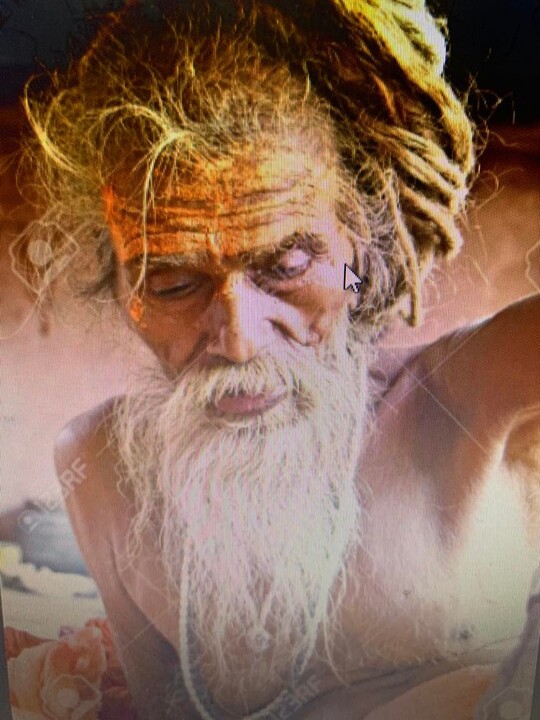
The Parable of Sadhu and the Leadership Ethical Decision in the Pandemic Time!
The Parable of Sadhu and the Leadership Ethical Decision in the Pandemic Time!
March 2021
Iris Halili
In the essay, The Parable of Sadhu, Bowen H. McCoy (author of The Parable of Sadhu and the veteran leader of Morgan and Stanley) sent to us his real story that happened on an expedition to hike the highest mountains in the world, The Himalayas. He and his fellow hikers met an Indian cleric considered holy by the citizenry, named Sadhu during the journey. Sadhu appeared to survive in the cold. Noticing the needs of Sadhu, McCoy and his fellow men provide him with clothing, food, and some warm drinks. Members of the hiker's group volunteered to take the holy man down the mountain to a nearby village. Each of them tried, but in the end, they all agreed to leave Sadhu to his destiny, and they continued on with their expedition. McCoy regrettably admits that he did not know what had happened to Sadhu after they left him. This raises the moral question of how individuals should act in a dilemma typical of the genuine ethical issue (Ciulla, 2003). McCoy considers Sadhu's parable as an actual ethical dilemma in corporate life, and he compares Sadhu's situation and that of the employee who needs help in the corporate world. He tries to give many reasons why he and his peers did not help Sadhu more. Unfortunately, none of them justify their lack of action and their lack of empathy. In problematic situations and dramatic, stressful moments, the individual can appeal to his/her Alter Ego, which in many cases seems to be quite different from the Self Image. McCoy himself gives us this conclusion: "The instant decisions executives make under pressure reveal the most about their personal and corporate character." On the leadership position, his main ethical question in the essay is: Should the leader give his/her maximum effort to help these employees or should they just help a little?
Unfortunately, he and his followers did not apply transformational leadership. Instead, they showed a kind of transactional leadership (give a few things to show support but don’t fully rescue Sadhu from his dramatic situation by supporting him with maximum effort). McCoy himself shows a lasses faire leadership by letting the team get the final say in the decision without acting himself. Later in the essay, he will apologize for this by stating:
In fact, his entire essay is an act of apologizing that concludes in the final statement: A leader is someone who "goes behind profitability" (McCoy, 1983).
This parable of Sadhu is an excellent ethical guide in today's pandemic organization challenge. The leadership ethical dilemmas are present more than ever before in the organizations that are trying to survive. Focusing more on profitability than on their staff or trying to downsize based not on employee merits, functionality, or values but preferential choices are unethical leadership decisions that will soon jeopardize the organization's future. When the pandemic is over and organizations stop the downsizing process and restart hiring or rehiring staff, the leadership will face a new kind of employee that I would call the "post-pandemic employee." Due to the massive lack of ethical decisions from organizational leadership during the pandemic, many employees have lost trust in the organizational leadership and consequently have lost motivation. It does not matter if they return to the same job or go somewhere else; they will still remain victims of unethical decision-making during the pandemic.
Consequently, these employees will work a job just to pay the bills and stay with the organization not because they love to stay but because it is just an option to work. This post-pandemic employees' approach will massively decline the organizations' productivity. This phenomenon will occur due to the lack of spiritual intelligence, courage, empathy, and servant and transformative leadership that these workers faced during the pandemic.
After the pandemic, the primary concerns of the organization will be how to motivate their own people, how to create or bring back the "buy-in" or engaged employees, and how to build the healthy organizational culture that, unfortunately during the pandemic, turned out to be fake or unhealthy. And like the story of Sadhu, where we never learned the end of Sadhu's fate, the organization leadership will never learn how to motivate and regain the team already infected by the organization's leadership pandemic behavior!